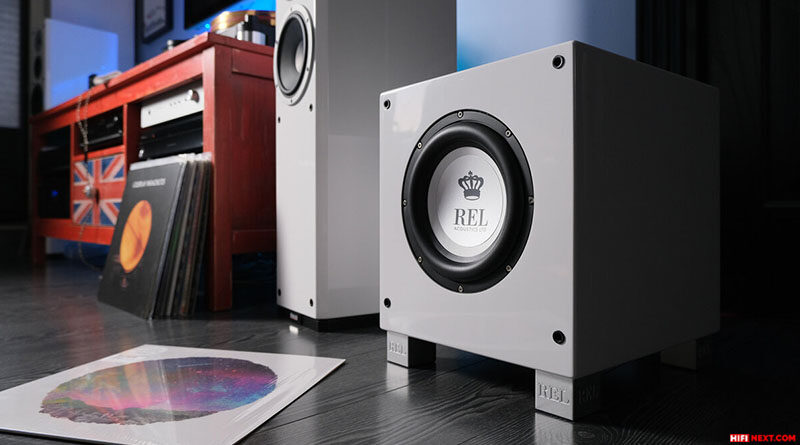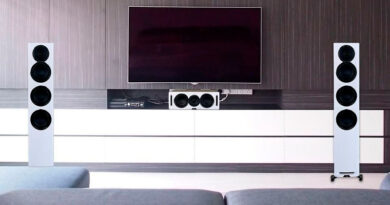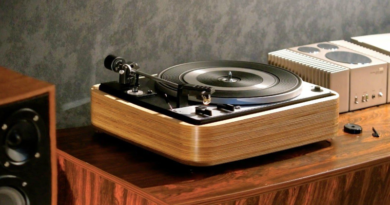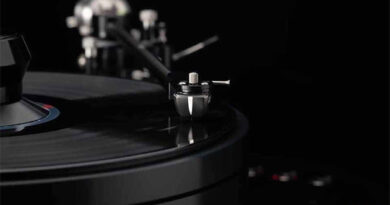How to choose a subwoofer and install it correctly?
Sometimes the stereo system assembled according to “all the rules” seems to be good, but something is missing. The spatial picture does not seem too voluminous, the attack and texture at the lowest notes leaves much to be desired. In this case, the purchase of a subwoofer (active, with built-in amplification, or passive – with an external amplifier) - a bass module that works just at low frequency, will help. Our new guide on integrating a subwoofer into a home music system will help you understand all the subtleties of how to improve bass at home, evaluate the advantages and disadvantages of triphonic in Hi-Fi. And also ways of determining: do you need a sub at all or you can get by with other config.
Contents:
- Define the main criteria: what you dislike about the sound and what you want to improve
- Take sound measurements in the listening area
- Consider the options for cosmetic finishing of the installation
- Choose from subwoofers designed for music, not cinema
- The larger the subwoofer diffuser is, the better
- The higher the declared sound pressure of the subwoofer, the more powerful bass you will get
- Check if your integrated amplifier or pre-amplifier has a subwoofer output
- And if there is no such output, connect to the high-level input of the sub
- There is no difference in sounding between active and passive subs
- Place the subwoofer in the corner of the hall
- Do not overdo it with the bass level
- Two identical subwoofers will sound much better than one
Define the main criteria: what you dislike about the sound and what you want to improve
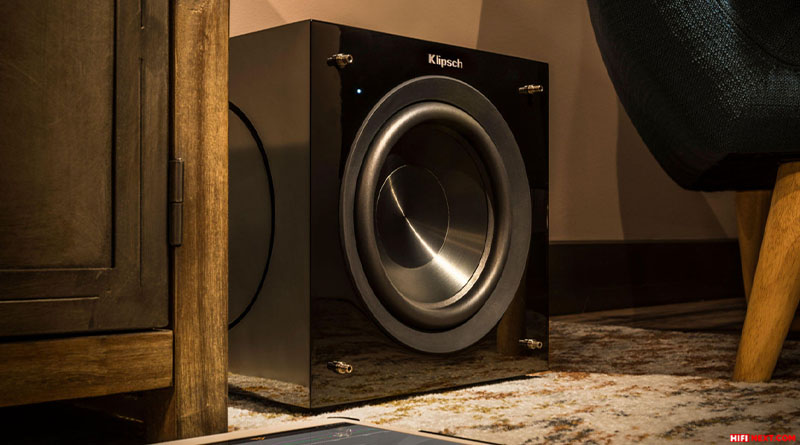
Perhaps the problem lies in a different area – for example, you can “add a little air” by replacing the cables. But with the unreliability of the timbre picture, it will definitely not work to fight the introduction of a sub into the system – here you will have to change the speakers or the amplifier.
Take sound measurements in the listening area
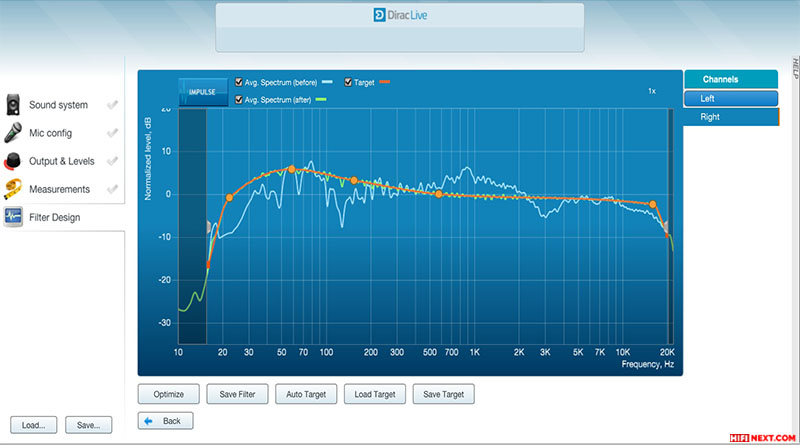
For a clear understanding of the essence of the matter, you will need Dirac measuring software (the program has a trial) and an external USB microphone (ideally no lower than the new UMIK-2). Now we put the software on a PC or laptop, connect the meter and evaluate all the notes in our listening area. Even if the failure of the bass really has a place to be, you should not rush…
Consider the options for cosmetic finishing of the installation
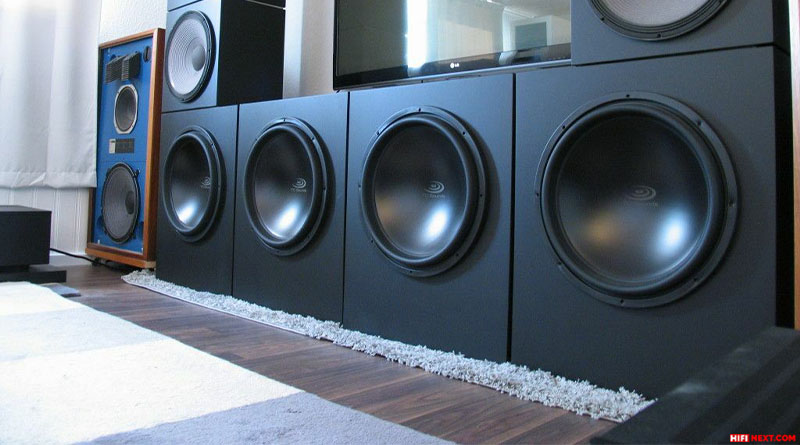
Or you can try to play with the arrangement of the speakers. The speakers should be facing the listener, placing them in parallel reduces the punch. In addition, too large a distance between the speakers also affects the sound pressure “below”. Play around with these parameters – and only in case of failure, proceed to the selection of a dedicated bass module.
Choose from subwoofers designed for music, not cinema
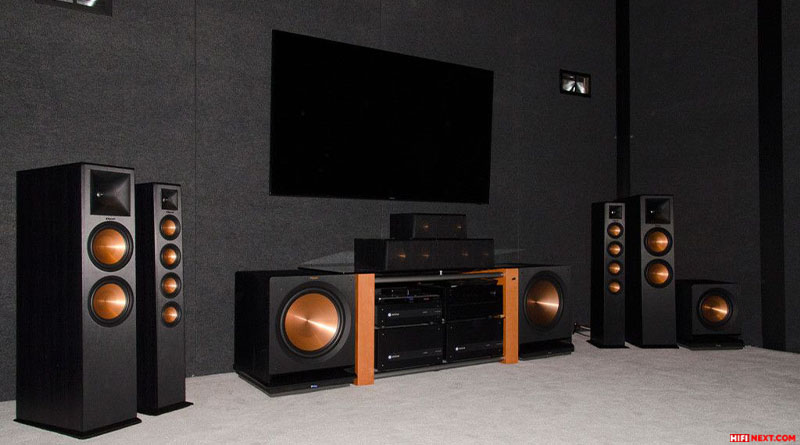
Do not buy models designed to work as part of a home theater – they convey explosions and effects perfectly, but no one is chasing the delicacy of presentation in this segment. Focus on companies that produce stereo-oriented subs.
The larger the subwoofer diffuser is, the better
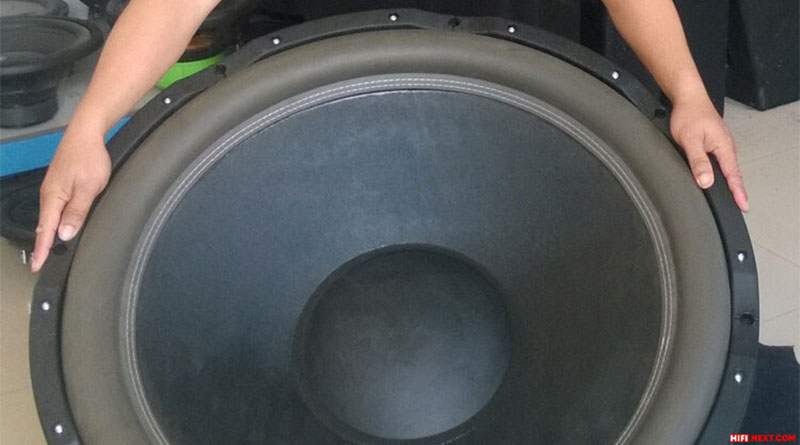
This is the simplest physics – such a dynamics can “move” a noticeably larger amount of air. Yes, the problem can be solved by introducing long-throw miniature woofers, but this approach will still be a compromise. From 10 ”in diameter – the minimum required for musical reproduction.
The higher the declared sound pressure of the subwoofer, the more powerful bass you will get
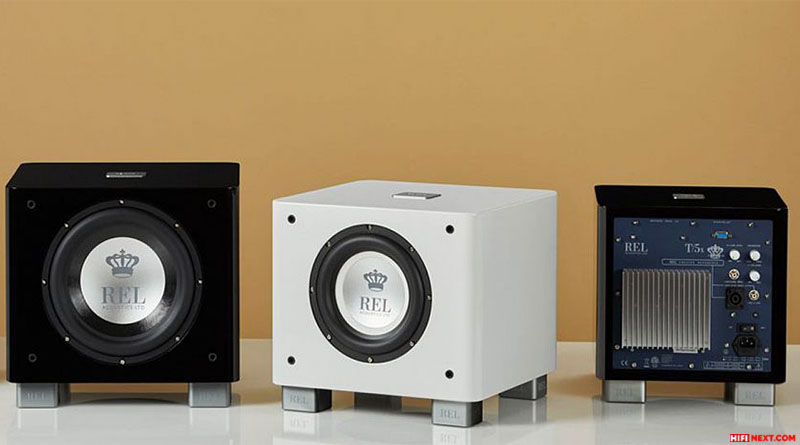
This indicator depends on the size of the driver, and on the design of the sub, and on its amplification. The higher the sound pressure, the greater the overload reserve, and, as you know, you cannot spoil porridge with butter. Do not forget about the mass of the device – good subs are very massive, this approach is adopted so that their cases do not began to hum during operation.
Check if your integrated amplifier or pre-amplifier has a subwoofer output
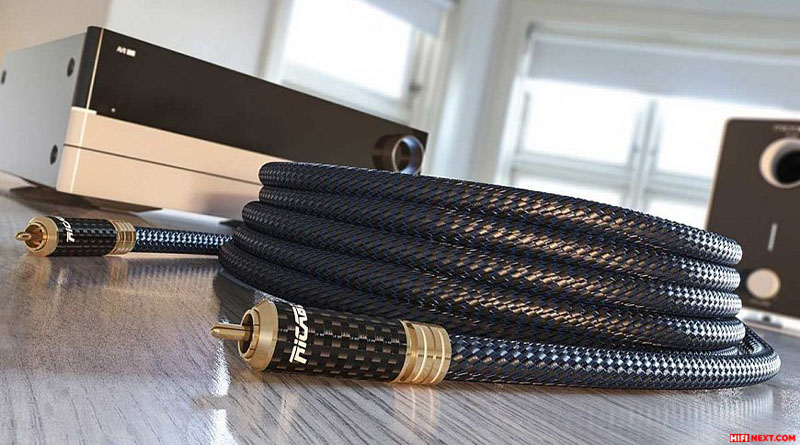
All subwoofers have linear wiring, so if your amplifiers have analog RCA / XLR outputs, there won’t be a problem. It is ideal to connect the device as a stereo pair, and if there is only one output, use a special Y-shaped cable.
And if there is no such output, connect to the high-level input of the sub
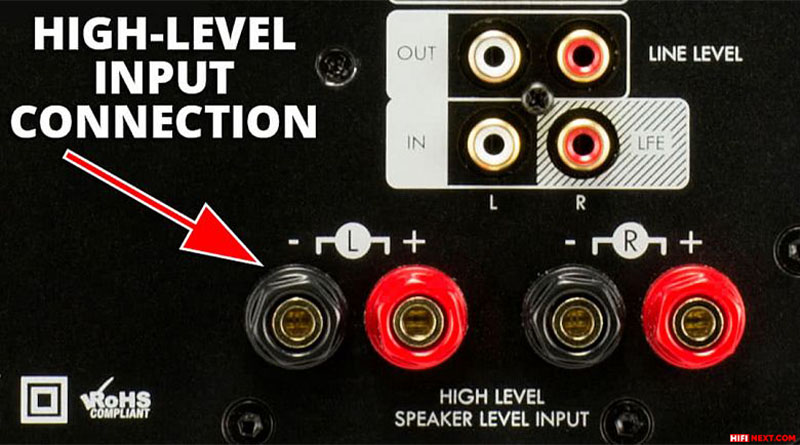
In this case, too, there will be no problems – but you need an acoustic wire. The most important thing is not to get into a situation where the amplifier does not have a sub output, and the bass module does not have a high-level input. So, before buying, it is worthwhile to attend to the compatibility check.
There is no difference in sounding between active and passive subs
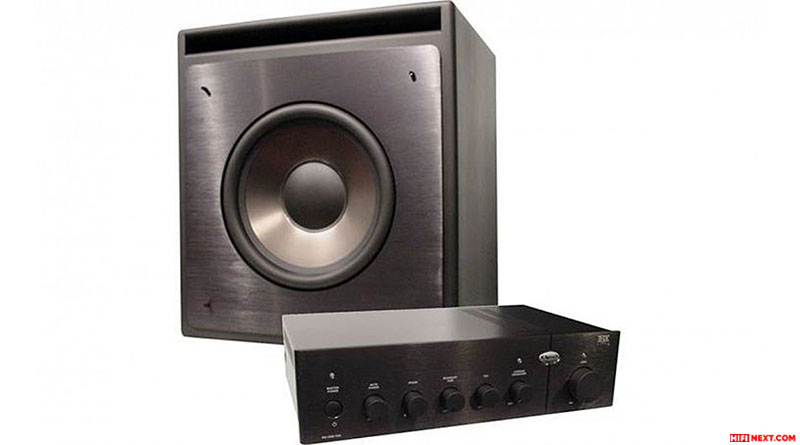
And in our case the choice should be concentrated on the sound quality when listening. It is often said that an active subwoofer performs better due to the perfect match of the elements. Fortunately, firms that produce passive subs usually recommend an ideal partner for them, revealing all the module’s talents (by the way, “amplifier or subwoofer” is a doubly meaningless question, in any case we will talk about strengthening bass notes – only in the case of an active sub all the electronics will be placed “on board” the device, and in case of passive switching on, the subwoofer will have to be supplemented with an external amplifier).
Place the subwoofer in the corner of the hall
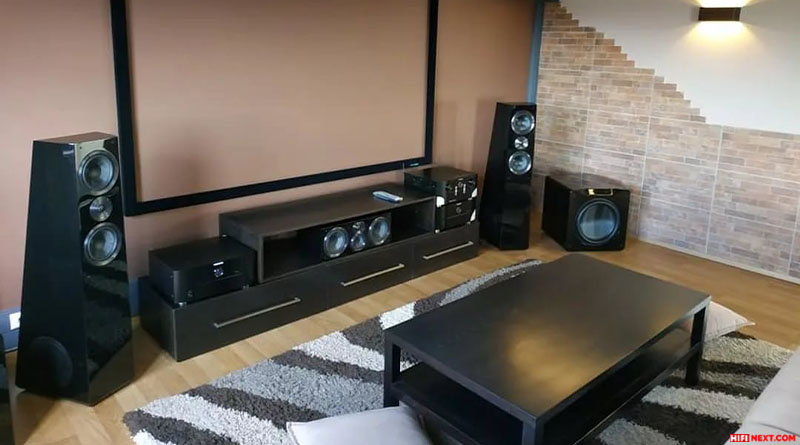
This is the ideal circuit to achieve sufficient bass depth and length. If such an installation is not possible, place the unit as close to this area as possible.
Do not overdo it with the bass level
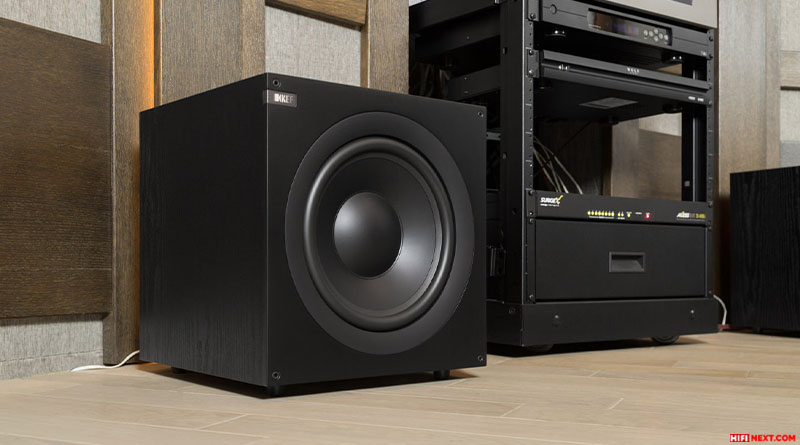
The measurements of the room will need to be repeated. Fine-tune the sub by ear. Three stages – after installation, listen to the sub and adjust the pressure by ear, setting the phase to zero and cut at the level of the lower boundary of your speakers according to their performance characteristics. Then start the measurements again and achieve a linear picture of the frequency response. Finally, as the final touches – carry out a cosmetic adjustment, again by ear (playing not only with the level, but also with the phases and cut. A subwoofer correctly integrated into the system adds space and volume – and only then amplifies the bass.
Two identical subwoofers will sound much better than one
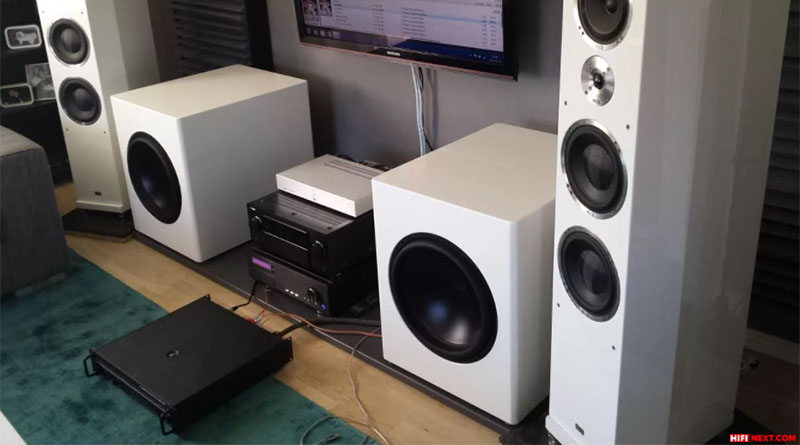
This is a universal rule, especially a noticeable jump is given by a pair of subwoofers in the system, located in the corners on either side of the speakers. If the means allow, and measurements show that the hall is not pumped, then this approach will solve most of the problems.

